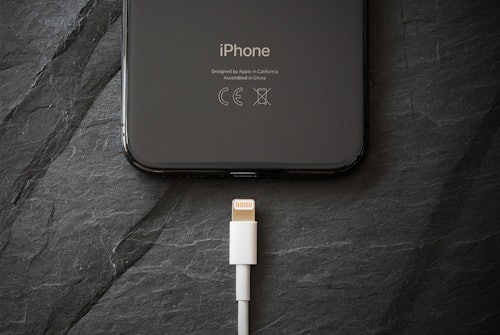- Step 1: Learn to Breathe from Your Diaphragm
- Step 2: Breathe in Through Your Mouth
- Step 3: Don’t Suck in the Air
- Step 4: Time Your Breaths
- Step 5: Control Your Airflow for Long Notes
- Step 6: Relax!
If you’re new to playing the harmonica, you may have experienced times when you feel as though you’re going to pass out from running out of breath. You’re not alone—there are countless forums with people struggling to play even just parts of a song without feeling as though they’re about to hit the deck.
The trick to not passing out when playing harmonica is breathing correctly. Breathing when playing harmonica is different from how you breathe naturally, which is why you start feeling light-headed.
Step 1: Learn to Breathe from Your Diaphragm
You may have been told or read that you need to breathe from your diaphragm when playing harmonica is to breathe from your diaphragm. But what does that even mean? It essentially means to deepen your breathing, so it comes from below your lungs.
Breathing from your diaphragm is key to ensuring you don’t pass out when playing harmonica because it increases your lung capacity and makes your airflow more relaxed. It’s also one of the most common breathing techniques taught in yoga and meditation because of its health benefits.
Diaphragm Breathing vs. Regular Breathing
| Diaphragm Breathing | Regular Breathing |
| Deep breathing | Shallow breathing |
| Uses full capacity of lungs, engaging diaphragm | Does not use the full capacity of lungs |
| Brings in more air | Brings in small amounts of air |
| Stomach will rise and fall | Predominately shoulders and chest that move |
| Requires conscious effort | Happens naturally |
| Engages the stomach and abdominal muscles |
How to Breathe from Your Diaphragm
- Blow all of the air out of your body while simultaneously pulling in your stomach muscles.
- When you’re completely empty, pause for a short moment (just a second or two).
- Release your stomach muscles.
- You’ll notice that air is naturally pulled down into your diaphragm, so you don’t need to breathe in.
- Repeat a few times to get the hang of it.
Breathe from your diaphragm whenever you play harmonica. It will probably feel strange at first, but it’ll eventually feel natural to you with more practice.
Step 2: Breathe in Through Your Mouth
When taking a breath, make sure you’re breathing in from your mouth and not your nose. Additionally, don’t breathe in too quickly. Breathing in quickly and through your nose means you’re essentially wasting a breath.
You’re breathing in air that won’t be used when you play, so you’re still going to run out of air and feel like you’re going to pass out.
Step 3: Don’t Suck in the Air
In addition to breathing from your diaphragm, you need to naturally take air in instead of sucking it in. This is easier said than done—when you’re really in need of air, it’s difficult to stop yourself from sucking in air. Just keep practicing, and just like diaphragm building, it’ll get easier.
When you need more air while playing harmonica, release your lips and breathe as you would normally—don’t suck in the air. You shouldn’t be making any noise when you breathe in, whereas sucking in the air would be audible.
You May Be Dizzy from Too Much Oxygen
If you’re constantly taking in air, you may also feel like you’re going to pass out because of all the oxygen you’re inhaling. It’s like a mild form of hyperventilating.
Step 4: Time Your Breaths
You’re going to run out of breath when you’re playing the harmonica, so you need to know how to get more air into your lungs. Here it’s all about taking in breaths naturally and timing.
When you need a breath, try to time it for when you’re changing directions on the harmonica or your “blow notes” are changing, so it’s a seamless transition.
Step 5: Control Your Airflow for Long Notes
The most common time to run out of breath while playing harmonica is when you’re playing a long note (or string of notes), and you’re not given an opportunity to take a breath. In these cases, you need to be conscious about how much airflow you’re using.
For these instances, don’t expel as much air as you would usually, so you have enough in reserve for the rest of the note. This is where diaphragm breathing really comes in handy, giving you more air to use than if you were shallow breathing.
Step 6: Relax!
If you want to become a pro at playing the harmonica, you’ll need to relax. If you’re tense, it’ll be noticeable when you play. The sound won’t be smooth, and you may also be causing inefficiencies in your breathing.
As the saying goes, practice makes perfect. Don’t expect to perfect your breathing immediately—you’ll need to practice a lot both with and without the harmonica. Most importantly, if you need to take a breath, take it! If you feel like you’re going to pass out from playing the harmonica, take a step back and continue to practice your breathing before you start playing again.











Comments